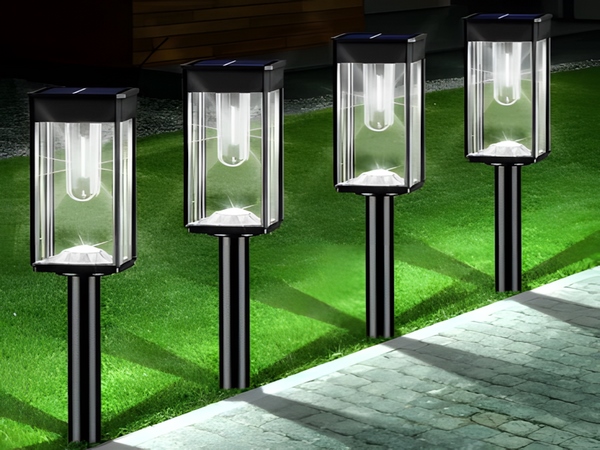

Over the years, as solar energy, this clean and environmentally friendly green energy, has become familiar to the public, solar street lights, solar garden lights, and solar lawn lights have gradually appeared in people’s view. Among these, solar street lights are the most widely used. Due to their inherent advantages, it is not surprising that solar street lights have become the new favorite in the lighting industry. As is widely recognized, green energy-saving and environmental protection will be the main direction for the development of the lighting industry. Many companies have invested heavily in technology and funding to develop solar street lights. They offer benefits such as eliminating the need for cable installation, not consuming municipal electricity, and having a long lifespan, garnering wide recognition in society. Many cities and villages have extensively promoted and used solar street lights with excellent results. However, as a budding industry, solar street lights still face some issues.

It is clear to everyone that the quality of the battery is crucial. If the battery quality is poor, after six months, it will gradually lose its ability to hold a charge, affecting the normal lighting of solar street lights in rural areas. Some solar street light manufacturers lower the price to attract customers, but there is no such thing as a loss-making business. They will cut costs on the configuration of the solar street lights.
Generally, rural solar street lights are installed more frequently in summer, which is why there is less demand in summer. However, in winter, rural solar street lights often have insufficient lighting duration. This is because the ample sunshine in summer allows the batteries to charge fully in a day, enabling normal illumination. In winter, the sunlight is not as good as in summer, which may take two to three days to fully charge, and coupled with smaller batteries, this results in shorter lighting time for rural solar street lights.
Issues with the controller exist as well. The charging method and parameter settings of the controller significantly affect the operating quality of the solar light system. The system matching problem is concerning as many manufacturers of solar lighting fixtures focus excessively on design aesthetics while neglecting critical system matching research. Without in-depth consideration and overly simplistic calculations, numerous problems with the fixtures can arise. This approach is not advisable. To facilitate rapid and healthy development of solar lighting systems, these issues must first be addressed.



